The Demise Of East Glenville: Once A Tight-Knit Community, Now Another Blighted Neighborhood!
FEATURED PHOTO: DARRELL BRANCH GLENVILLE RESIDENT SINCE 1955-(blackglenville.com)
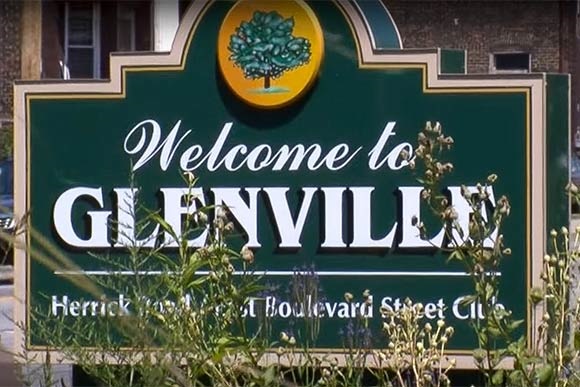
TheLand.org, By Carolyn Cooper, Posted April 25th 2022
Growing up in Cleveland’s old Glenville neighborhood in Ward 10 was an awesome experience for me. I was the youngest and the only girl with two older siblings in a two-parent, middle class household. My maternal aunt, who also babysat me, lived in the house next door, and my childhood best friend lived on the other side of us.
We had a lot of fun growing up on our avenue on the east side with our wonderful family and tight-knit community residents. I have great memories of school field trips and events, block parties, house parties, and backyard barbecues, and church revival meetings and outdoor “tent” church services in the summer
Most importantly, I felt completely safe in my community. That was in part because our city councilman lived on the next avenue, in the house directly behind ours. Oftentimes, he would walk around our ward, making sure that houses were well maintained, properties were clean, lawns were mowed, hedges were trimmed, sidewalks and streets were trash free, pets were securely fenced in, and garbage cans were rodent-free with their lids secured tightly.
If he discovered that anything wasn’t up to par, he never hesitated to report any violation. He would get the property owner cited and get the violation repaired or cleaned up as quickly as possible.
In addition to being a very active community resident who was always nearby, our councilman was also a father whose son attended school with my elder brothers. He was a deacon at our community church along with my father, and his family went to church with us.
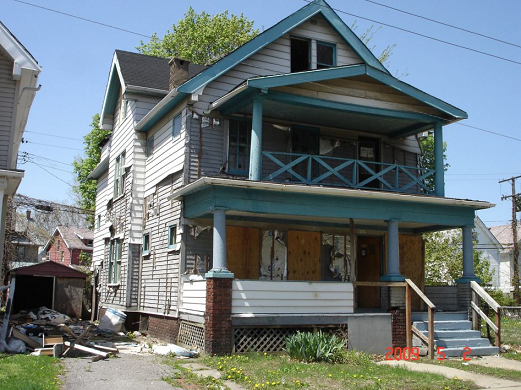
Just like my councilman’s son, I received a stellar education in elementary, junior high, and high school from the former Cleveland Public School system, which is now known as the Cleveland Metropolitan School District (CMSD). All of the schools I attended were within walking distance, or only a few miles from my home. And at Iowa-Maple Elementary School, a K-6 school at the time, I was able to join the French Club and study abroad for months in both Paris and Lyon, France.
At the tender age of 11, while I was a foreign exchange student, I celebrated my 12th birthday in that beautiful country. It remains the most memorable birthday celebration I’ve ever had.
During my school years, I loved how our parents always supported each other as well as the children in our community, constantly volunteering at school. Our mothers were the unsalaried lunch ladies, the paraprofessionals, the assistant librarians, and the school secretaries. Our dads attended weekly Fathers Club meetings, parent-teacher conferences, and Parent-Teacher Association (PTA) meetings.
Parents attended school events and accompanied children on class field trips. They were practically the auxiliary school staff and were always willing to help out. I can remember after working a night nursing shift, my mom would stay up during the morning to fry chicken and make side dishes. Then she would brown bag the food, making delicious, individual lunches for my entire class, my teacher, and other parent chaperones on the field trip.
Another classmate’s mom would bake cakes, then slice and individually wrap the pieces to add to our lunches. Yet another mom would pack bags of ice, bottled water, juice boxes, paper napkins, paper plates, and utensils to contribute to our meal.
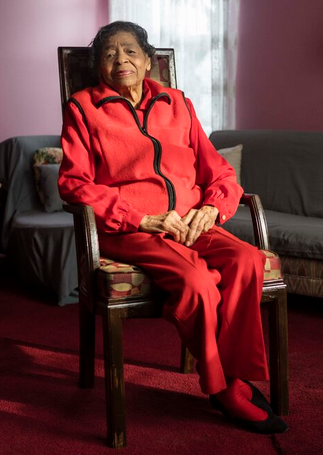
No one ever asked the parents to do this, or reimbursed any of them. They always volunteered and donated whatever they could, because we were all a part of one big, extended community family.
When someone passed away in our community, meals were delivered to the bereaved family’s home, cards containing monetary gifts were placed in their hands, and flowers were ordered and delivered to the funeral home. The neighborhood shed tears with the grieving family at the “Home Going” memorial service for their loved one.
Flash forward to this present day. Now my “East” Glenville residence is only a small portion of the larger Ward 8, which also consists of the Collinwood and North Shore Collinwood neighborhoods.
Unfortunately, East Glenville is not a part of the Glenville-Rockefeller Park Innovation District at East 105th and Superior, an Oppportunity Zone, and gentrification in this area of Cleveland is very slow.
In what seemed like a blink of an eye, the once pleasant, generous, caring, well manicured East Glenville community quickly transformed into just another blighted Cleveland neighborhood.
The community vanished and transitioned into a neighborhood filled with crime, trash, drug dealing and drug abuse, hate and jealousy, gunshots and murder, vacant houses and lots, and run-down streets stricken with death.
Gone are the majority of parents and grandparents who were once cornerstones – the matriarchs and patriarchs – of our community. These ancestors passed away, bequeathing estates to their children or their grandchildren in hopes that they would continue on with their past values, service, work ethic, and overall excellence in their communities.
However, many of the younger bloodlines failed to pay the property taxes on their families’ historic houses (the majority of the properties being close to 100 years old). Sadly, many of the homes in my neighborhood went into foreclosure, and now sit vacant or were demolished due to problems including unpaid property taxes.
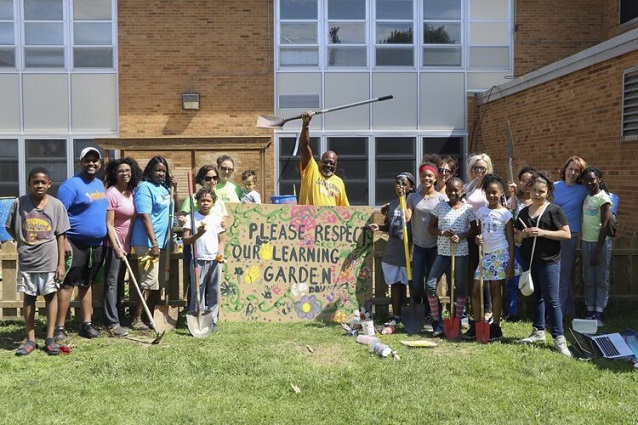
Even the Iowa-Maple School Groundbreaking Community Garden at my beloved alma mater has sat untended for nearly three years. To fight the closure of both Iowa-Maple and Collinwood High School, a few alumni attended a school facilities meeting held in October 2019 at Glenville High School. A handful of parents showed up to protest the closings, along with Cleveland Municipal Court Judge Michael Nelson and council members Michael Polensek (Ward 8), Kevin Conwell (Ward 9), Zack Reed (Ward 2), Jeff Johnson (Ward 10) and Anthony Hairston (Ward 10).
Despite our best efforts, Collinwood remained open but Iowa-Maple still closed down. Needless to say, I was very unhappy. Several generations of my family, as well as the families of other people who lived on my street, were alumni there. I felt it should have remained open because it was a 5-Star school, offering a variety of programs including gifted and advanced courses, special education, preschool offerings, and Individualized Education Programs (IEPs).
The Iowa-Maple Community Garden will be greatly missed. Students and staff proudly grew fresh vegetables there, welcoming residents and sharing their bounty with whomever wanted or needed it.
CEO Eric Gordon closed Iowa-Maple because of low enrollment, declining population, and other newer schools in the area through his CMSD School Consolidation Plan. More recently, the school was offered for sale along with 18 other district properties. Now it’s supposed to become a for-profit charter school. The district still owns it for now, but apparently the city has a deal to sell it to Excel Schools Ohio or Global School Properties Ohio LLC, which is the real estate arm of the for-profit company Accel Schools.
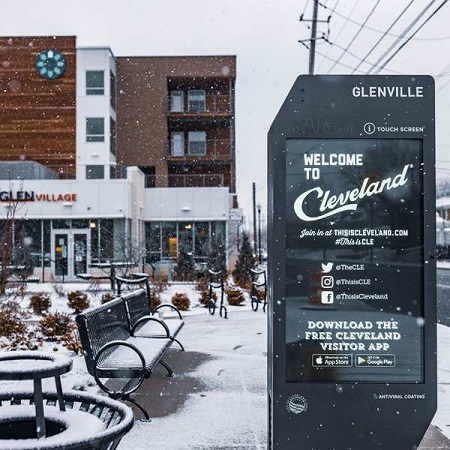
The majority of residents who live on both sides of Iowa and Maple Avenues – the streets the school was named after – didn’t care that it closed. Gone are nearly all of the children, grandchildren, and great-grandchildren whose ancestors were pillars of the East Glenville community. They left the neighborhood, and are now raising their families elsewhere, choosing to flee and not stick around to help restore or beautify the area, after the majority of them lost the properties.
Iowa-Maple School parking lot. Photo by Michael Indriolo.
I am one of the few “born and raised” East Glenville residents still living here on my street. I’m surrounded by very few homeowners. The renters don’t seem to care about investing in or restoring the community. And they don’t seem to care about each other. There’s no interest in forming a street club or block club. My neighbors would rather talk to you about their religion – and try to recruit you into their sect – than help to build up the neighborhood.
My neighbors never volunteer to cut your grass or trim your hedges. They never take it upon themselves to use their snowblower to remove the snow that is on your path. Instead, some drive slowly by, staring at you while you’re outside shoveling your own snow, then stop their vehicles to sarcastically tell you to “be careful.”
I’m the only one on my street who calls city services or my council member about dead animal pickups, pothole repair, nuisance houses, deer sightings, skunks, rabbits, vultures, groundhogs, raccoons, garden snakes, overgrown grass in vacant lots, or the occasional coyote that wanders into our area from The Cleveland Lakefront Nature Preserve.
If East Glenville could talk, it would tell all of its listeners how great it once was, and how living in a community far surpasses merely surviving in one.
Carolyn Cooper is a Glenville resident who works with Cleveland Documenters. She wrote this reflection as a result of The Land’s community journalism program.








